Your basket is currently empty!
Training for People Over The Age of 65
GR8R is a call to action. A movement to get people to recognise their worth and overcome the challenges that lie between who they are and who they want to be. Join us in removing the barriers to activity and encouraging anyone to active, anywhere, and anywhen.
·
Staying Active and Healthy

As we age, maintaining an active lifestyle becomes increasingly important for overall health and well-being. For individuals over 65, regular exercise can help improve cardiovascular health, maintain muscle mass, enhance flexibility, and boost mental health. Here’s a comprehensive guide on training for people over the age of 65.
Benefits of Exercise for Older Adults
- Improved Cardiovascular Health
Regular aerobic exercises, such as walking and swimming, can help reduce the risk of heart disease and improve overall cardiovascular health. - Increased Muscle Strength
Strength training helps preserve muscle mass, which naturally declines with age. This can improve balance, reduce the risk of falls, and maintain independence. - Enhanced Flexibility and Mobility
Stretching exercises can improve flexibility and range of motion, making daily activities easier and reducing the risk of injuries. - Better Mental Health
Exercise is known to improve mood, reduce symptoms of depression and anxiety, and enhance cognitive function.
Types of Exercises for Older Adults
- Aerobic Exercises
- Walking: A simple and effective way to stay active. Aim for at least 30 minutes of brisk walking most days of the week.
- Swimming: Low-impact exercise that is easy on the joints while providing a full-body workout.
- Cycling: Both outdoor and stationary cycling are excellent for cardiovascular health.
- Strength Training
- Bodyweight Exercises: Squats, lunges, and push-ups can be done at home without any equipment.
- Resistance Bands: These are portable and versatile tools for strength training. Which is great training for people over 65
- Light Weights: Dumbbells or kettlebells can be used to perform exercises like bicep curls and shoulder presses.
- Flexibility and Balance
- Yoga: Helps improve flexibility, balance, and mindfulness.
- Tai Chi: A gentle form of exercise that improves balance and coordination.
- Stretching: Regular stretching exercises can maintain flexibility and reduce stiffness.
- Functional Training
- Exercises that mimic daily activities, such as standing up from a chair, can help improve the ease of performing everyday tasks.
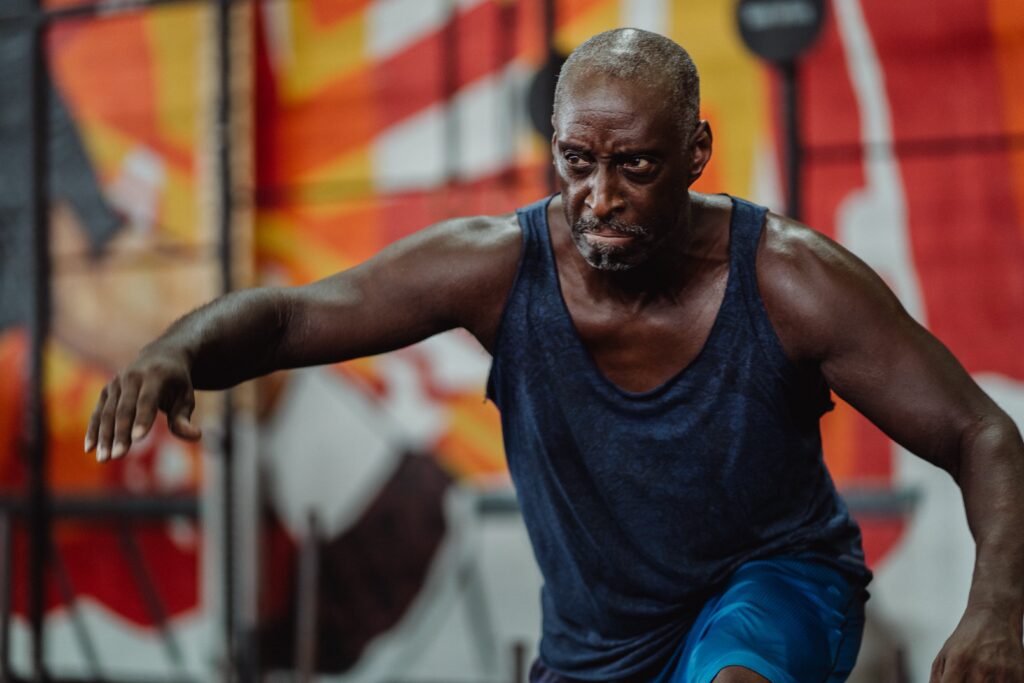
Getting Started: Tips for Older Adults
- Consult a Doctor
Before starting any new exercise routine, it’s important to consult with a healthcare provider to ensure the exercises are safe and appropriate for your health condition. - Start Slowly
Begin with low-intensity exercises and gradually increase the intensity and duration as your fitness level improves. Especially for people training over 65. - Stay Consistent
Consistency is key. Aim for regular exercise sessions and incorporate physical activity into your daily routine. - Listen to Your Body
Pay attention to how your body feels during and after exercise. It’s important to avoid overexertion and take rest days as needed. - Join a Class or Group
Participating in group exercise classes can provide motivation, social interaction, and structure to your fitness routine.
Workout Plan for Older Adults
Monday: 30-minute brisk walk + 15 minutes of stretching
Tuesday: Strength training with resistance bands (20 minutes)
Wednesday: Yoga or Tai Chi class (30-45 minutes)
Thursday: Rest or light activity (e.g., gardening)
Friday: 30-minute swim or cycling session
Saturday: Strength training with light weights (20 minutes)
Sunday: Rest or leisure walk
Resistance Band Routine
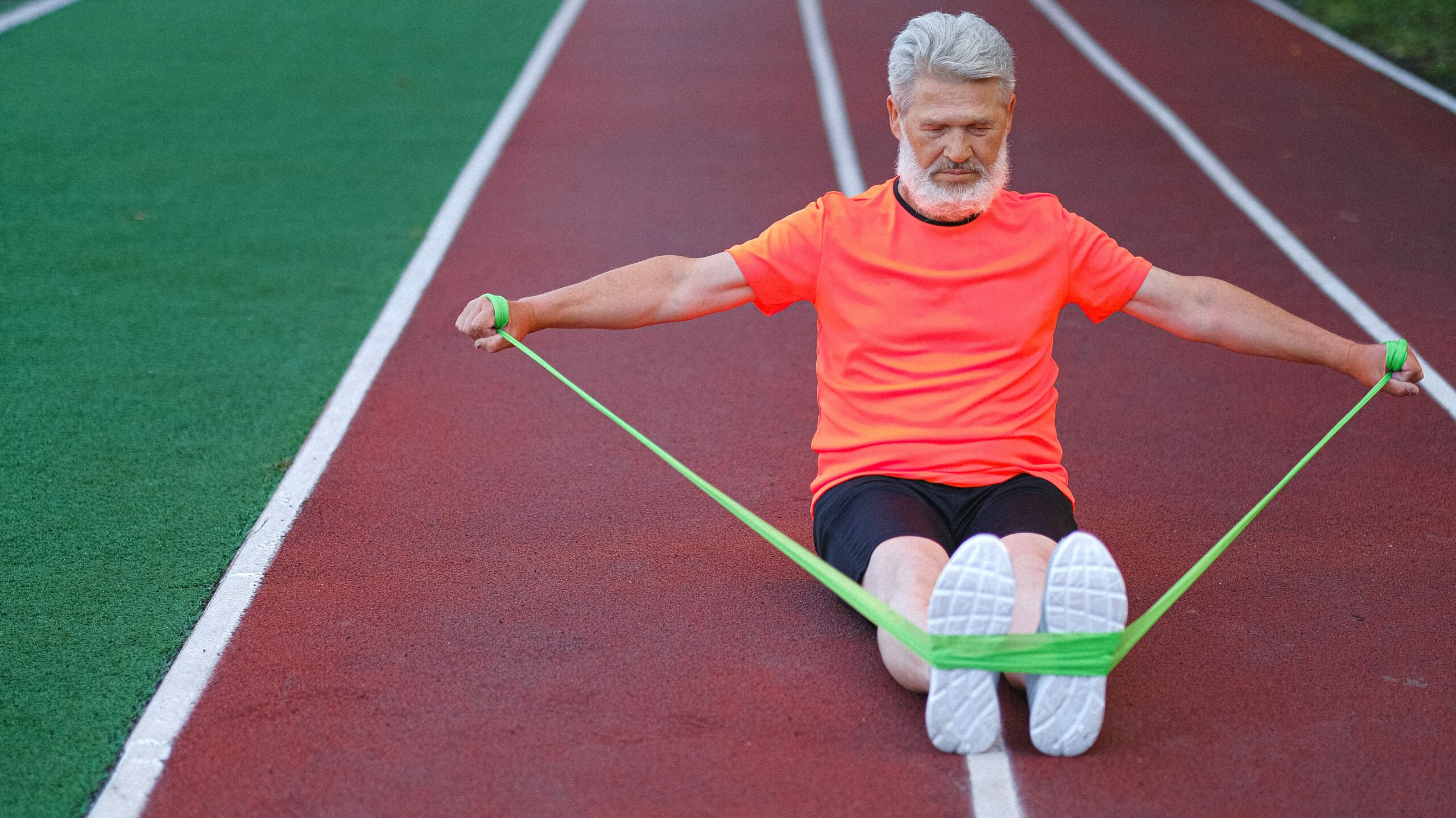
Band Squats: Stand on the band with feet shoulder-width apart, hold the handles at shoulder height, and perform squats.
Seated Row: Sit on the floor with legs extended, loop the band around your feet, and pull the handles towards your chest.
Chest Press: Attach the band behind you (around a sturdy post or door), hold the handles, and push forward like a chest press.
Lateral Band Walks: Place the band around your ankles and step side-to-side to strengthen hip and thigh muscles.
Bicep Curls: Stand on the band, hold the handles, and perform bicep curls.
Strength Training Routine
Chair Squats: Use a chair for support, sit down, and stand up repeatedly to strengthen leg muscles.
Wall Push-Ups: Perform push-ups against a wall to build upper body strength.
Dumbbell Rows: Bend over with a dumbbell in one hand, pull it towards your hip, and switch sides.
Overhead Press: Using light dumbbells, press weights above your head and lower them slowly.
Toe Stands: Hold onto a chair for balance and raise onto your toes to strengthen calf muscles.
Conclusion
Staying active and engaging in regular exercise is crucial for maintaining health and quality of life as we age. By incorporating a variety of exercises tailored to individual abilities and preferences, older adults can enjoy numerous physical and mental health benefits. Remember to consult with a healthcare provider before starting a new exercise regimen and to listen to your body’s signals to ensure a safe and enjoyable fitness journey.
Discover more from GR8R Than Fitness
Subscribe to get the latest posts to your email.
-

Blood Type Diet: Myths, Science, and Risks
The Blood Type Diet is a concept that has captivated the public since it was introduced in the 1990s. Promising personalized health benefits tailored to your blood type—A, B, AB, or O—it claims to improve energy levels, digestion, and even prevent diseases. At the heart of this theory is the idea that lectins, proteins found…
-

Healthy Christmas Swaps
Our health often takes a backseat when it comes to the most magical time of the year. With the numerous parties, endless visits, and preparations for the big day, it’s easy to overlook our healthy eating habits. However, there are several simple swaps you can make during the festive season to help you maintain a…
-
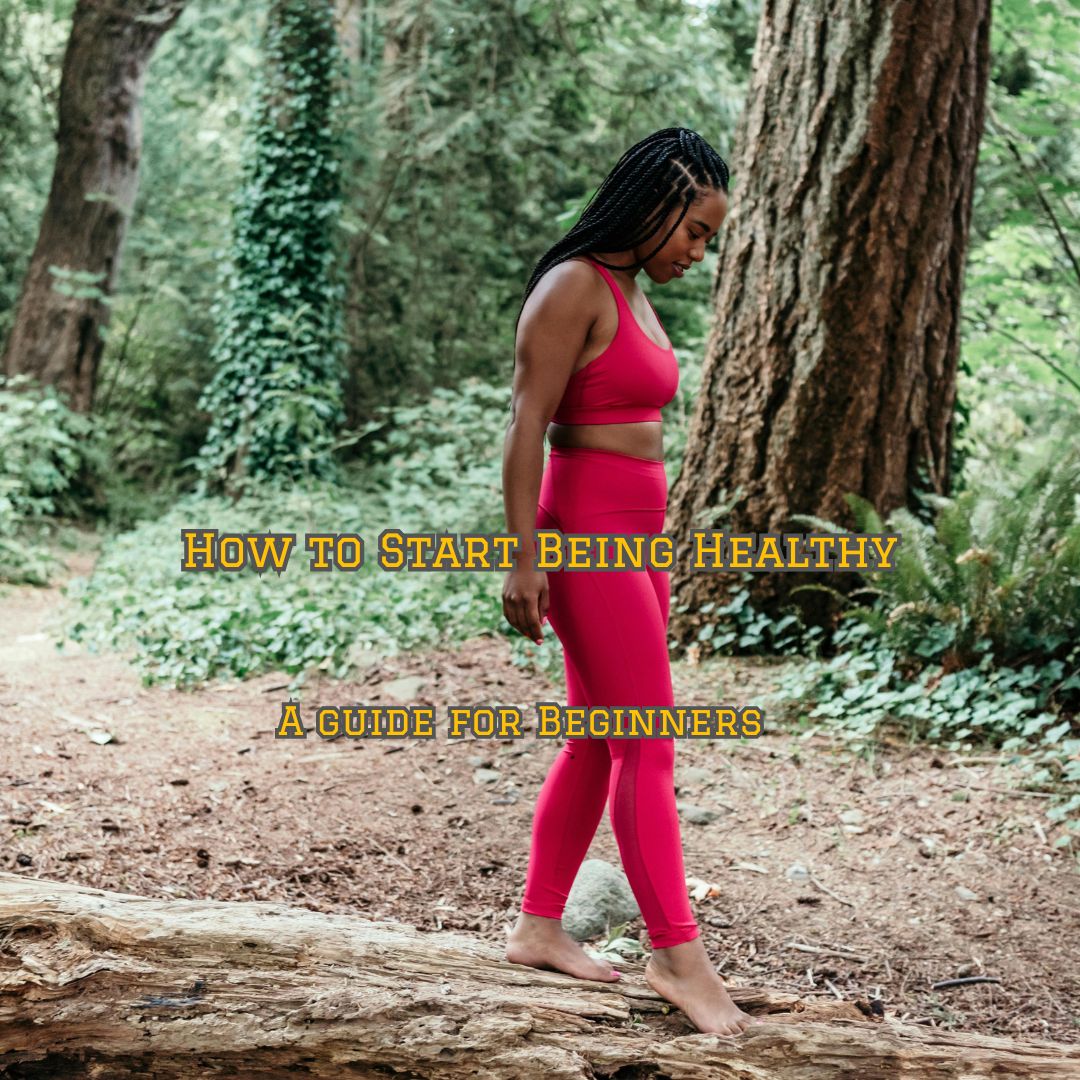
How to Start Being Healthy
Start being healthy with tips on nutrition, exercise, sleep, and mental well-being. Begin your journey with simple, achievable steps.
-
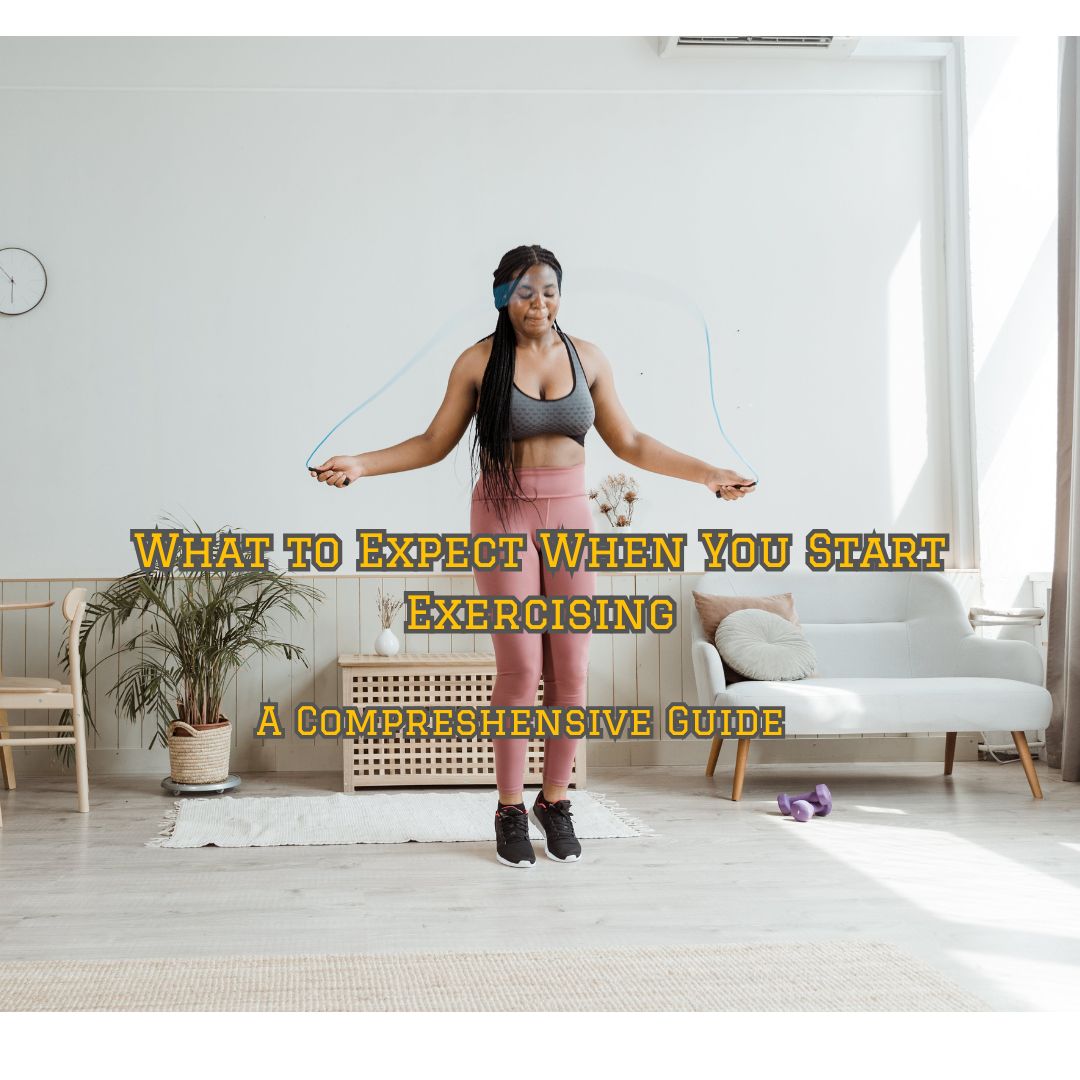
What to Expect When You Start Exercising
What to expect when you start exercising, from soreness to energy and sleep. Learn how exercise affects your body and mind, manage soreness, motivation, and your routine.
-
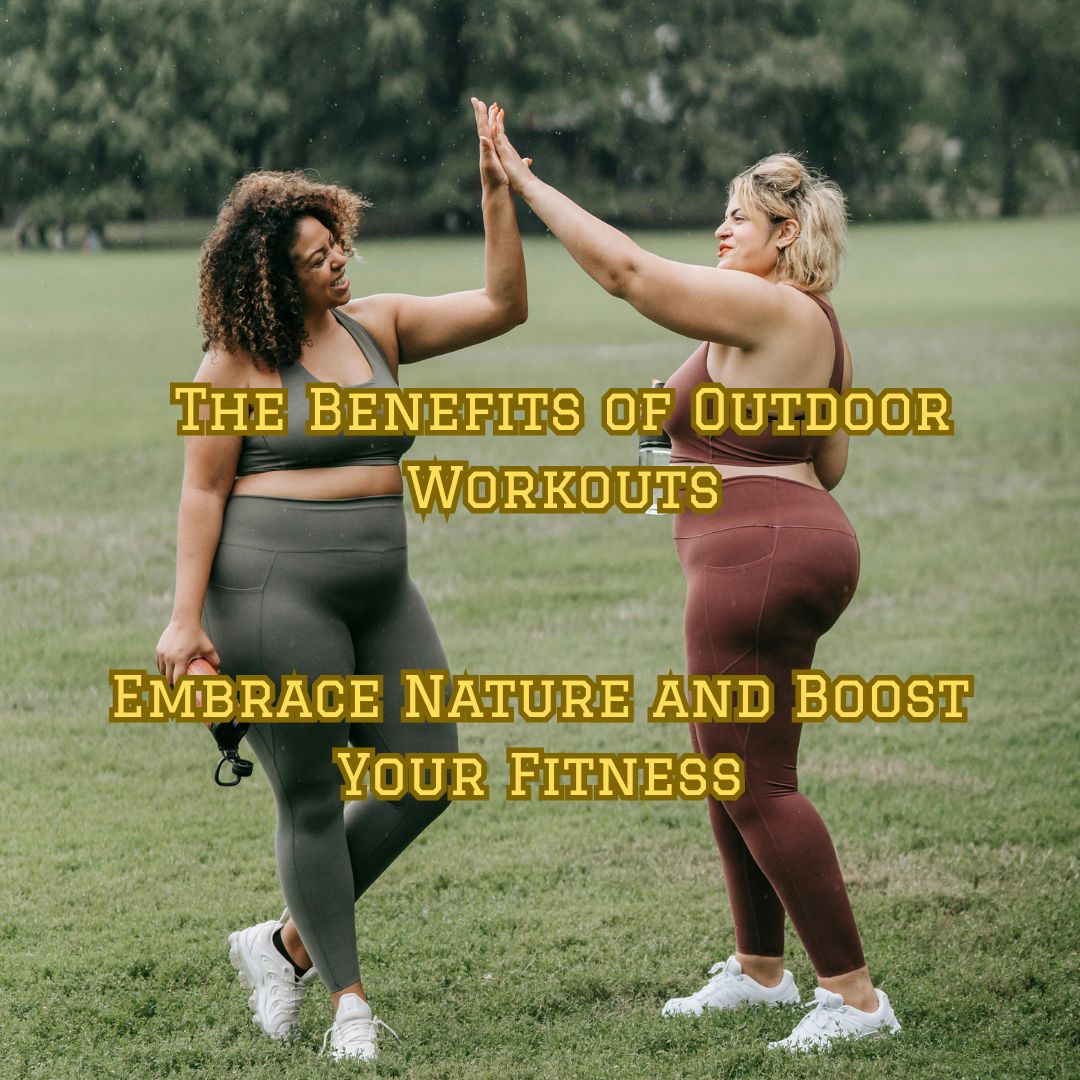
The Benefits of Outdoor Workouts
Explore the benefits of outdoor workouts in Botswana, from improved mental health to fitness variety. Learn how nature can boost your workout.
-
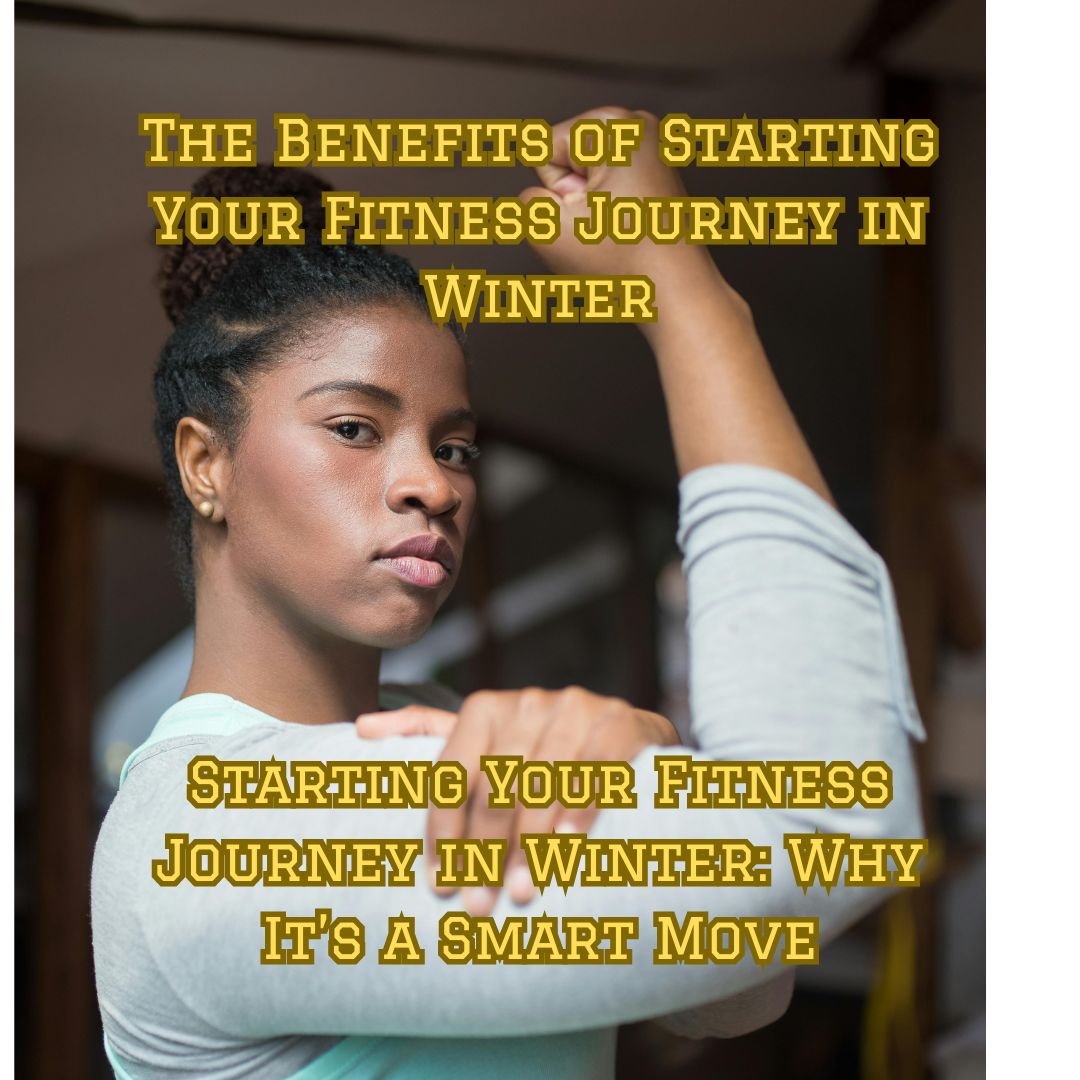
The Benefits of Starting Your Fitness Journey in Winter
Discover why starting your fitness journey in winter can help you stay consistent, avoid holiday weight gain, and build long-term habits.

Leave a Reply